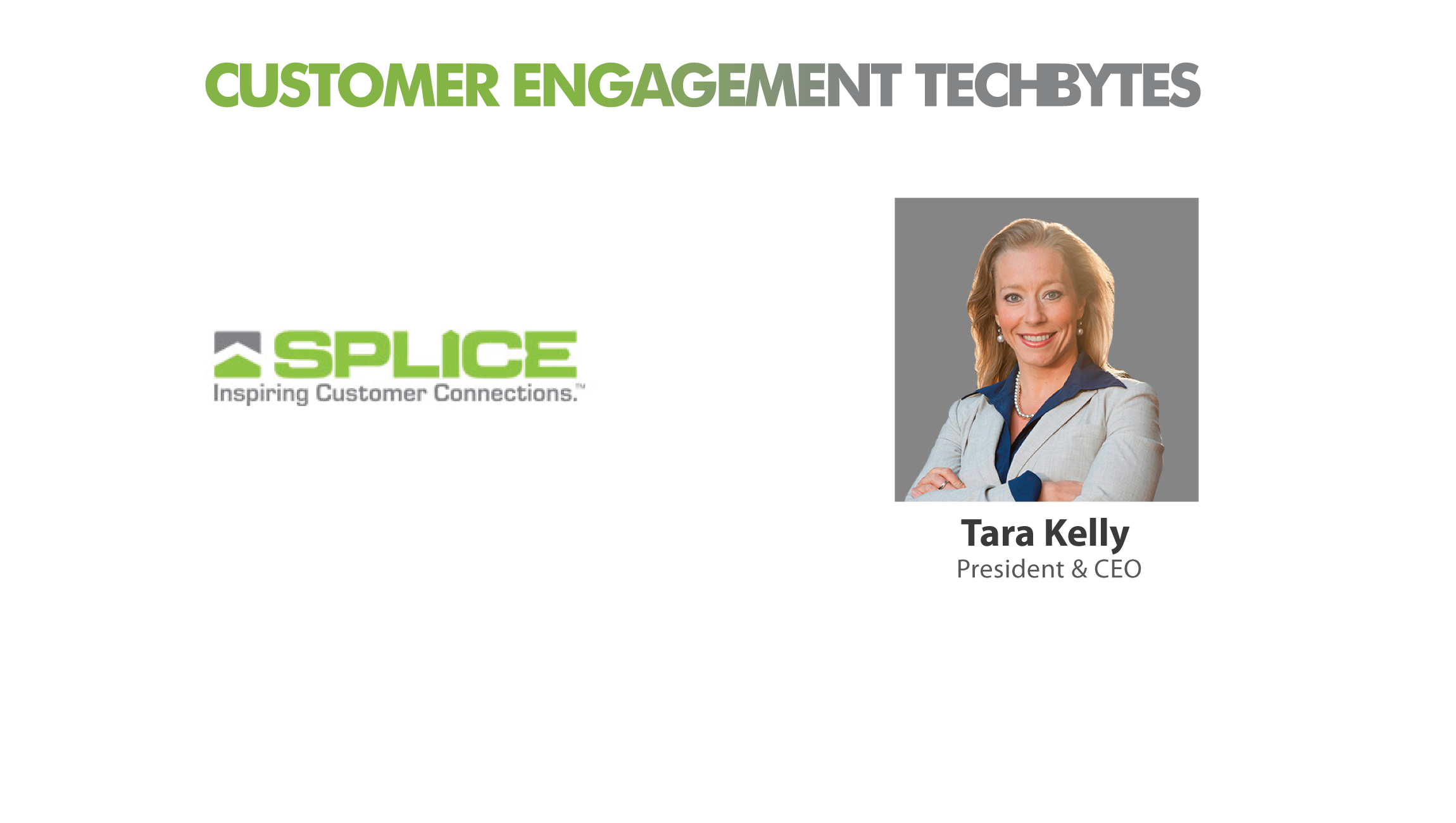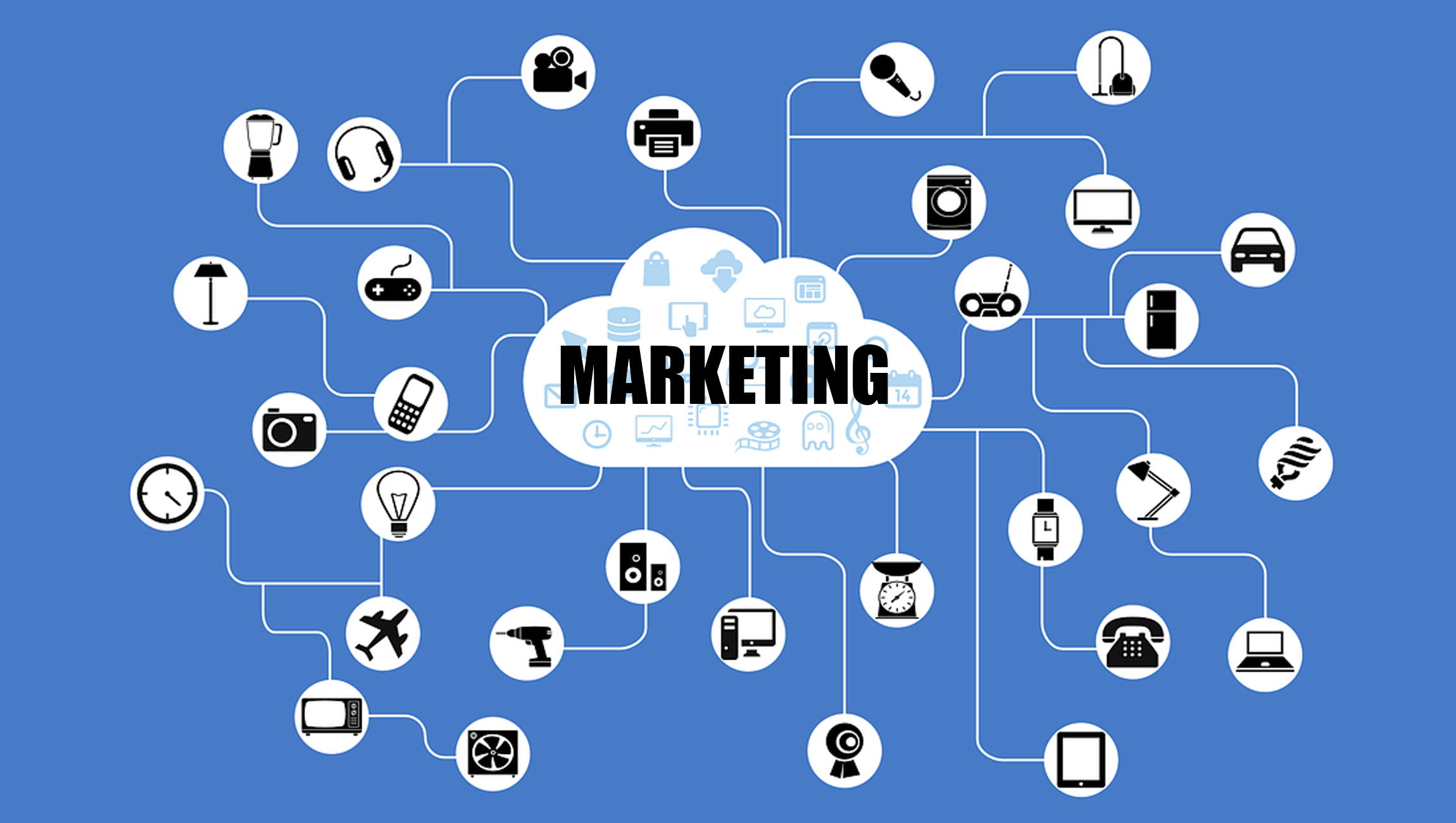Tara Kelly
President & CEO at SPLICE Software
Voice Assistants have taken human machine interaction to new levels. SPLICE Software recently released new data-driven voice applications for Alexa Skills enabled devices. We spoke to Tara Kelly, CEO, SPLICE Software, to understand what the future looks like for voice assistants and how they could be used to drive better customer engagement.
Html code here! Replace this with any non empty text and that's it.
MTS: Tell us about your role at SPLICE Software and why you founded a customer engagement firm?
Tara Kelly: I’m the founder, president and CEO of SPLICE Software. The idea behind SPLICE came to me when I had a bad experience as a customer. I was trying to perform a routine function via an automated response menu. I knew the company I was interacting with had my customer data, but they failed to use it effectively, so every interaction was frustrating. I’m a strong believer in the power of technology to change lives for the better, so I knew there had to be a better way. The experience inspired me to develop technologies that enhance operations, enable better service delivery and improve the customer experience.
That’s what SPLICE does. SPLICE products like the Dialog SuiteTM harness big data, artificial intelligence, scalable cloud storage and secure API connections to engage customers. We help retailers, insurance companies, banks, and credit unions use automated Voice and SMS messages to reach customers at the optimal moment in the customer journey and drive desired actions. We manage customer permissions and preferences to enable unprecedented levels of personalization and provide companies with the opportunity to test and measure outreach for continuous improvement.
MTS: The rate of adoption of Voice assistants has increased significantly in 2017. What are the main reasons behind this trend?
Tara: One reason for the change is that people are becoming less inhibited about talking to their devices. A study last year by Creative Strategies noted that almost everyone with a smartphone voice assistant like Siri or Cortana has used the service at home or in the car, but they remain a bit embarrassed about talking to their AI assistant in public. That barrier seems to be falling as AI assistants become more sophisticated and the sale of in-home assistant devices like Amazon’s Echo and Google Home grow by leaps and bounds. But the primary reason is that people are finding that AI assistants make life easier, and the exchanges are becoming more natural and conversational, so the rate of adoption will continue to grow.
MTS: SPLICE says these are new data-driven voice apps for Alexa. Please help us understand the data you are referring to here.
Tara: We help retailers, insurance companies and financial institutions use the data they have on their customers — contact information, account data, information on past interactions, scheduled deliveries or upcoming events, etc. — to connect with customers where they are on their preferred terms. For example, through secure API connections that already exist, a furniture company that uses SPLICE can send an automated voice response via Alexa Skills to a customer who asks a question such as, “When will my new sofa be delivered?” Insurers can use the platform to respond to queries about an insurance claim, for example, checking the rental car coverage while a customer’s car is being repaired. A bank can use Alexa Skills to provide updates on mortgage applications or to respond to a customer’s request to change an appointment time. The possibilities are virtually limitless.
MTS: How do you see the new voice apps for Alexa Skills transforming Marketing and Sales campaigns?
Tara: Several years ago, Google came up with the concept of the “micro-moment,” which is the instant in which a consumer turns to technology to learn something new, make a decision or purchase a product. Increasingly, customers ask their AI assistants about products or services they’re interested in buying instead of entering search terms on devices via text. Voice apps like Alexa Skills can allow companies to get their product information and message out there so they’ll be ready to respond in the micro-moment and prepared to offer suggestions for additional purchases when a customer needs it.
MTS: There are over 10,000 Alexa skills, but nearly 70% of them have a very low relevance in terms of usage and adoption? Will the new Voice apps from SPLICE increase the adoption rate of Alexa for business?
Tara: It’s important to remember that while the use of AI assistants is growing steadily, we’re still in the early adoption phase. In 2000, approximately 300 million people, or about 5% of the world’s population, were online. Today, billions are online, nearly half the people on the planet. The Apple App Store has only been around since 2008, but mobile apps have already transformed the way companies do business.
I expect we’ll see a similar trajectory with AI assistant apps, and I am confident SPLICE will play a major role in companies’ participation because we make it so simple for businesses to connect with customers where they are, in the a voice that is contextually accurate. Connection requires using accurate timely data and tone to drive meaningful interaction.
MTS: Speech recognition is among the quickest adoptions in AI/ML category within MarTech. What would be the next technology in line that would have an equal or similar adoption rate by 2020?
Tara: By 2020, it’s likely that the speech recognition and Speech creation Text to Speech, or as we like to say Speech to Speech® technologies that are currently making inroads will be a dominant player in marketing technology. Data-driven dialogs with AI assistants will drive product and service discovery at the rate that online and mobile text searches currently do. The next frontier beyond speech may be video responses that will incorporate speech recognition and data-driven dialogs.
MTS: How do you see AI proliferating into B2B communications, especially in sales intelligence and customer experience? Will SPLICE play a key role with its innovation?
Tara: There’s a clear pattern where employees demand the advanced tools they use as consumers in their roles as business people — this was behind the “bring your own device” trend that inspired initially reluctant companies to allow employees to use their personal mobile devices on the job. I think we’ll see a similar pattern emerge in B2B communications, with employees who have become accustomed to learning about products and services and solving customer service issues as consumers using AI demanding similar solutions in their role as employees within a B2B ecosystem.
SPLICE Software’s innovative products, like our Dialog SuiteTM, can help B2B companies connect with their customers using existing APIs and data, so I definitely see us playing a role in advancing adoption in the B2B world, just as we’re currently doing in the B2C space.
MTS: What is the next frontier in voice automation solutions based on AI/ML?
Tara: At SPLICE, our corporate mantra is “we believe it can be better,” over the next several years, we’ll continue to apply that principle to every aspect of our business. Our voice automation solutions in 2020 and beyond will use emotion, tone, and dialect adjusting in real time, to enable our customers to improve engagement with their customers, deliver a better customer experience, increase loyalty and retention and generate ROI. We’re on the cutting edge with patented technology that was recognized by Forrester and earned us a 2016 Cool Vendor designation from Gartner, as well as a CODiE Award just last month, and we plan to stay at the forefront of AI innovation in the years to come.
MTS: Thanks for chatting with us, Tara.
Stay tuned for more insights on marketing technologies. To participate in our Tech Bytes program, email us at news@martechseries-67ee47.ingress-bonde.easywp.com



